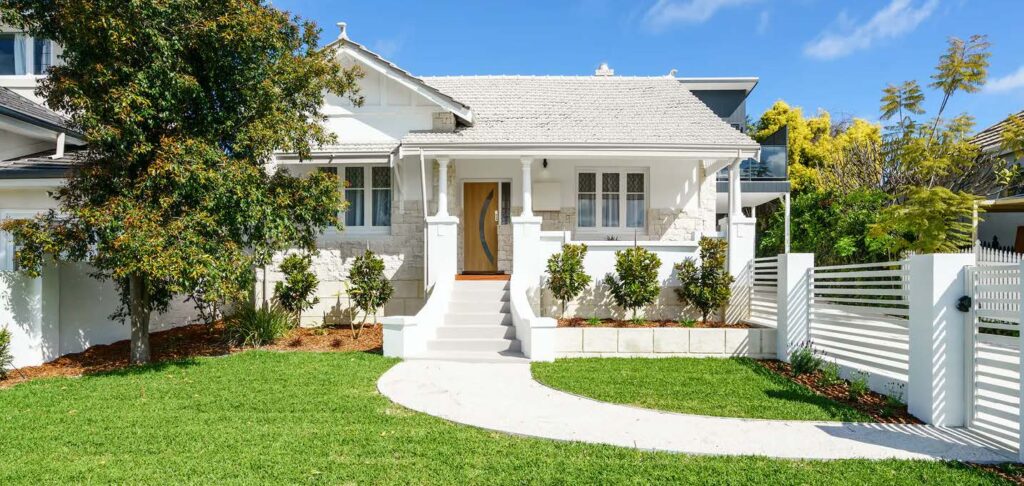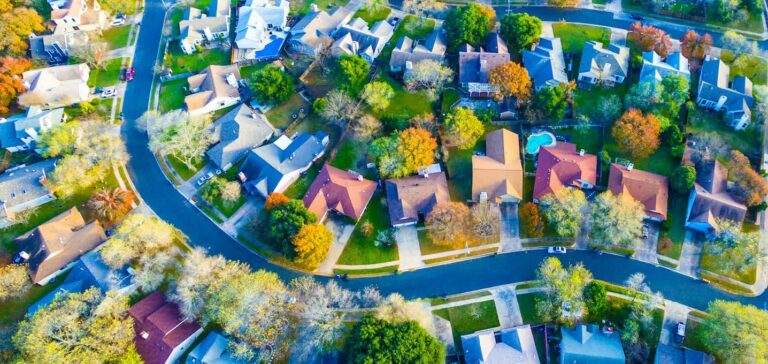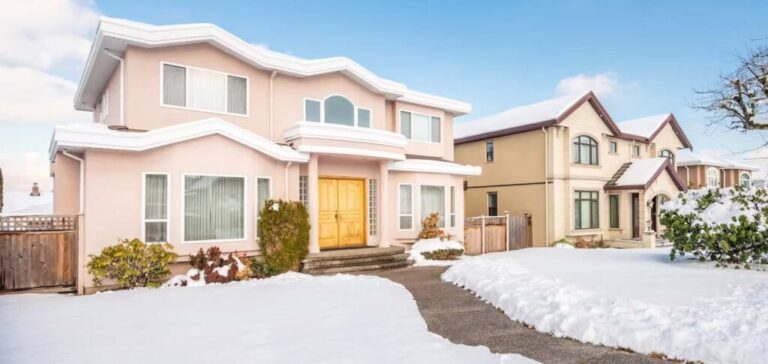
The exterior of a home can help prospective buyers determine if they’d like to head inside – or run in the opposite direction. Sellers, take note.
The old adage “never judge a book by its cover” is an important one. But the truth is, first impressions are hard to recreate – especially when it comes to house hunting.
According to a RE/MAX Twitter Poll, a majority of responders – 46.2% – agree that a shabby exterior is the biggest turn-off when touring homes.
Here’s why curb appeal may be critical to selling a home.
Exteriors reflect interiors
Curb appeal is the external appearance of a home, comprised of landscaping, painting, staging and overall aesthetic.
Acting as a hint of what’s to come, the exterior of a home speaks volumes to its interior in terms of maintenance and style. If the outside displays the wear and tear of a home, homebuyers may never open the front door to see if the inside is in sync or not. Even if the kitchen has been renovated with stainless steel appliances or the floors received an upgrade to hardwood, unpleasant or outdated curb appeal will have certain buyers passing by the listing before peeking inside.
When a home has an unkempt exterior – think dead grass, chipped paint or overgrown weeds – prospective buyers could assume the inside needs repairs, too.
According to Torrence Ford, a real estate agent and owner of RE/MAX Premier in Georgia, “move-up buyers” – those upgrading from their current home – set much higher standards for a home’s exterior presentation than first-time homebuyers in today’s market.
“First-time homebuyers just want to lock down a house. A move-up buyer, however, will be more affected by curb appeal and consider it alongside their lifestyle,” he says.
And it’s not just the prospective buyer that forms an impression when looking at the house from the outside. Ford says that appraisers, inspectors and real estate agents likely are also taking a home’s curb appeal into account.
Listing photos (almost always) open with exterior shots
The assessment of curb appeal begins long before buyers arrive on site for a showing.
According to the RE/MAX Future of Real Estate Report, 94% of North Americans searching for properties are doing so online, allowing for them to view a larger quantity of properties in a shorter period of time, even on the go. With photos becoming the catalyst for a buyer’s initial impression, many online browsers could skip over a listing due to an unsightly appearance from a quick snapshot. Plus, staging eye-catching steps, a stoop or a porch adds trendy detail or color, creating more compelling shots for a photographer.
Money talks: Curb appeal could add to overall value
According to REALTOR® Magazine, a study revealed that homes with an appealing exterior sell, on average, for 7% more than comparable homes with a rundown appearance.
In his experience, Ford believes that buyers are more likely to write a higher offer when the entirety of the property feels well cared for. Each small detail that impresses buyers will count toward their overall impression of the home’s worth.
Revamping the front yard and home exterior also increases the value of the neighborhood and surrounding area.
“It has a domino effect. It leaves a lasting impact on the longevity of the neighborhood,” Ford says. “Work on curb appeal and the neighbors will start jumping in, too. When one neighbor starts making upgrades, everybody else tends to want to clean up their property, whether it’s with painting, replacing the roof or even just mowing the lawn.”
So, where to start?
The most important aspect of curb appeal is to ensure the exterior is cleaned up even before sinking money into improvements. This is as simple as mowing the lawn, trimming shrubbery, pulling weeds and eliminating miscellaneous items or garbage.
Creating inviting ambience goes beyond yard care. Sellers can consider adding a number of inexpensive finishing touches, like potted plants or flowers, a new welcome mat, new light fixtures or patio furniture staged on the front porch. Though minor, these accents can help a prospective buyer envision coming home to the space.
“[When updating a home], we will replace shrubbery, repaint the front door, and repaint the house’s foundation so the landscape has a clean backdrop,” Ford says.
He adds that implementing new house numbers, like swapping small, cursive numbers for larger contemporary ones, can help older properties get a quick and easy revitalization.
Sellers may also consider a fresh coat of paint on the home’s exterior, a newly paved driveway or a new roof if its rusty or damaged.
“Curb appeal makes all the difference,” Ford says.
Article originally appeared on RE/MAX.com.







